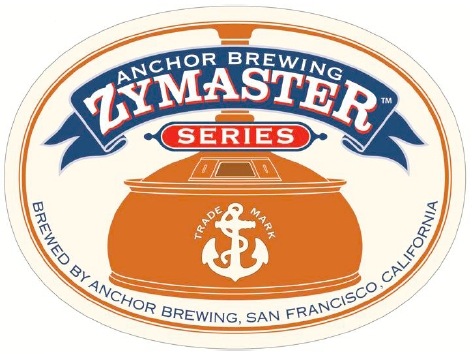
Yesterday Anchor Brewing announced their new line of beers under the “Zymaster Series,” with the first to debut during SF Beer Week in February.
This morning I spoke to the Zymaster himself — Mark Carpenter — who told me a bit more about the beer. It sounds like it will be a pretty interesting beer, and one I’m definitely looking forward to trying.
Carpenter told me they wanted to do something distinctly Californian, and they searched brewing logs and records that they could find from early California brewers. Reasoning that as soon as brewers had the technological ability to brew lagers, that’s what they did, so they turned their attention to lagers. In California, Boca Brewing is believed to have made the first lager in the state, around 1875 (according to American Breweries II). The town of Boca was located in northeast California, roughy 6.5 miles from Truckee. In 1880 it had a population of around 200 people, though today it’s literally a ghost town. The brewery was founded in 1875 and closed in 1892, four years before the Anchor Brewery opened.
So Anchor set about to recreate the first lager brewed in California. They used California-grown malt and California cluster hops. Clusters were the first hop variety grown in the United States. Though their origin is unknown, it has been “suggested that they arose from hybridization of varieties, imported by Dutch and English settlers and indigenous male hops.” They weren’t able to find enough cluster hops actually grown commercially in the state, but they did find cluster hops growing in Washington using the same bines that used to grow in California, before the hop-growing family took their rhizomes with them when they moved north from California to Washington.
So the first Zymaster Series beer from Anchor is also the first true lager they’ve made (with Steam beer being essentially a hybrid) and was brewed to try as best they could to replicate the first lagers brewed in California. It’s 5% a.b.v. and is a single-hop beer, using only Cluster hops. Because of quality issues in the late 19th century, lagers here tended to be more highly hopped then they are today, and Anchor’s new beer will also reflect that, though they have not yet calculated the IBUs, so no one can yet how hoppy the lager will be. Only one thing is certain, I can’t wait to see what it tastes like.


Wow! I’m with you, Jay, on this one.
Awesome. I look forward to trying to clone one.
Kudos to Mark Carpenter and the crew at Anchor, for making the latest Anchor brew a true Californian icon.
I wonder what they used for yeast. I wonder what temperature they fermented at.